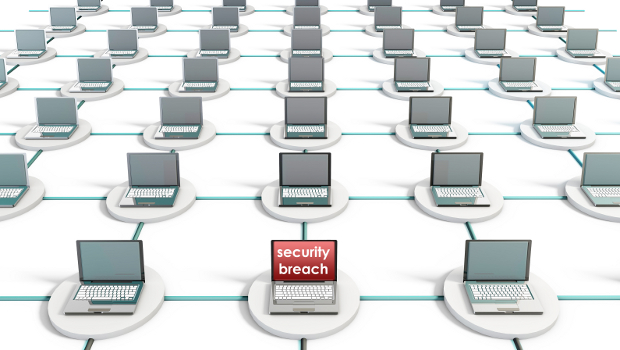When a security incident involves virtual machines in either a public or private cloud environment, the recovery costs double compared to that of a traditional environment, according to a new report from Kaspersky Lab.
In a survey of 5,500 companies that the company conducted with B2B International, enterprises paid an average of $800,000 (€692,188) to cover from a security breach involving virtualisation, compared to $400,000 (€346,094) in traditional environments.
Small and midsized businesses, meanwhile, saw costs rise from an average of $26,000 (€22,495) to $60,000 (€51,910) with virtualisation.
Three reasons
There were three main reasons for this cost difference, according to Andrey Pozhogin, senior product marketing manager at Kaspersky Lab.
First, many IT professionals incorrectly assume that virtualised servers are naturally more secure than their traditional counterparts.
“They believe that if a virtual machine catches a virus, they can just delete the virtual machine and create a new one from a template,” he said.
According to the survey, 42% said that risks in virtual environments were “significantly lower.”
In fact, malware is able to hop from one virtual machine to another, embed itself in the hypervisor, and use other techniques to avoid being cleaned out by re-imaging, said Pozhogin.
And virtualisation can add risks, as well. For example, there can be a window of vulnerability between the time a virtual machine is spun up and anti-virus software is updated — a window that can be dramatically magnified if all the virtual machines need to be updated at once.
As a result, virtualised environment can require security solutions specifically designed to deal with virtualisation, he said.
But only 27% of respondents said that they had deployed a security solution specifically designed for virtual environments.
DR plan
Second, companies tend to be well prepared with disaster-recovery plans when it comes to their traditional infrastructure, but are not as well prepared when it comes to virtualisation.
“What we see is that companies that virtualise tend to limit the virtualisation project to the virtualisation itself,” Pozhogin said. “They tend to postpone disaster recovery, fault tolerance, and security until later.”
Virtualisation can be expensive, complicated and lengthy, he said, and it’s very tempting to just focus on one thing at a time.
Mission critical
Third, virtualisation is often used for the most mission-critical, high-value processes, said Pozhogin.
When that infrastructure goes down, so do those processes.
“There are quite a big number of respondents who said that during the cyber incident, they lost access to business-critical data,” he said.
According to the survey, 66% said that they lost access to business critical information during an incident involving virtualisation, compared to 36% in a traditional environment.
Since companies are not as prepared to recover from an incident that involves virtualisation, these incidents also result in a doubling of costs related to lost business, damage to company reputations, damage to credit ratings, and increased insurance premiums.
To address these problems, he said, companies need to recognise that virtualisation can require different security solutions than traditional environments, and should be thinking about security and disaster recovery from the very start of the virtualisation process.
“You need to think about this stuff up front,” he said. “You will shorten response time, and not lose access to critical data.”
Maria Korolov, IDG News Service








Subscribers 0
Fans 0
Followers 0
Followers